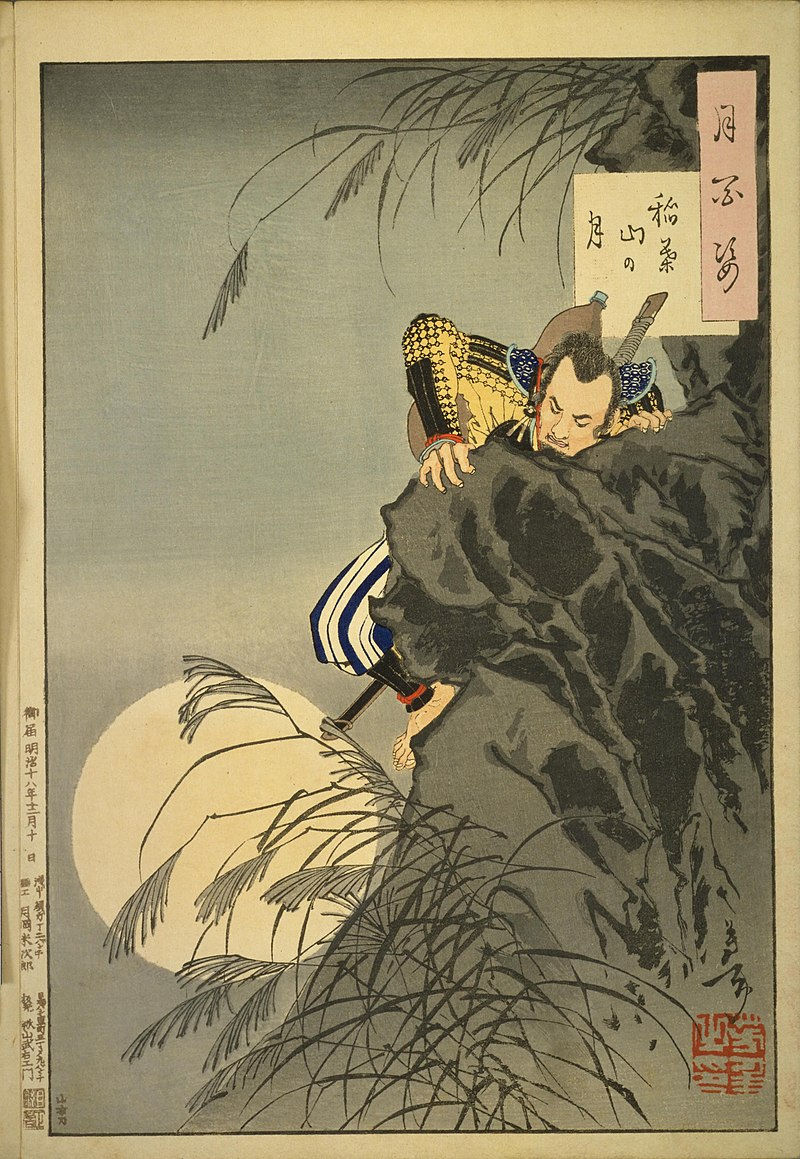Toyotomi Clan
- 2304583d
- Aug 9, 2024
- 3 min read

The Toyotomi clan (豊臣氏, Toyotomi-shi) was a prominent samurai family during Japan's late Sengoku period, known primarily for its most famous leader, Toyotomi Hideyoshi. The clan played a crucial role in the unification of Japan after the turbulent Warring States period and the establishment of a centralized government.
Origins and Rise to Power
Toyotomi Hideyoshi (1537-1598): The Toyotomi clan's rise is closely associated with Toyotomi Hideyoshi, originally born as a peasant in Owari Province. He started his career as a servant to Oda Nobunaga and quickly rose through the ranks due to his intelligence, loyalty, and military prowess.
Service Under Oda Nobunaga: Hideyoshi distinguished himself as one of Nobunaga's most capable generals, participating in key battles and military campaigns that helped Nobunaga expand his power across Japan.
Unification of Japan
Ascension to Power: After Nobunaga’s death in 1582, Hideyoshi avenged his lord by defeating Akechi Mitsuhide, Nobunaga's betrayer, at the Battle of Yamazaki. Subsequently, he became the de facto leader of Nobunaga’s forces and continued the campaign to unify Japan.
Battle of Shizugatake (1583): Hideyoshi defeated Shibata Katsuie, another of Nobunaga’s generals, solidifying his control over the Oda faction. This victory was a significant step toward his eventual domination of Japan.
Campaigns Across Japan: Hideyoshi's military campaigns continued to bring the various warring daimyo under his control. By 1590, after the Siege of Odawara, the Hōjō clan was defeated, marking the final step in the unification of Japan under Hideyoshi’s rule.
Establishment of the Toyotomi Regime
Title of Kampaku and Taiko: After securing control over Japan, Hideyoshi was appointed as Kampaku (Imperial Regent) and later assumed the title of Taiko (Retired Regent). Although he could not become shogun due to his non-samurai origins, these titles granted him significant political authority.
Economic and Social Reforms: Hideyoshi implemented several key reforms, including the Land Survey (Taiko Kenchi), which standardized land taxation, and the Sword Hunt (Katanagari), which disarmed peasants to prevent rebellions. He also established a rigid class system, separating samurai from commoners.
Cultural Patronage: Hideyoshi was a patron of the arts, promoting tea ceremony culture and overseeing the construction of grand architectural projects like Osaka Castle, which became the Toyotomi clan’s stronghold.
Decline and Fall
Invasion of Korea (1592-1598): Hideyoshi’s ambition extended beyond Japan, leading to the ill-fated invasions of Korea. These campaigns drained resources and failed to achieve their objectives, weakening his regime.
Succession Crisis: Hideyoshi’s only legitimate heir, Toyotomi Hideyori, was born in 1593, but by the time of Hideyoshi’s death in 1598, Hideyori was still a child. This led to instability and set the stage for the Toyotomi clan's eventual downfall.
Battle of Sekigahara (1600): After Hideyoshi’s death, the power struggle between Toyotomi loyalists and Tokugawa Ieyasu’s faction culminated in the Battle of Sekigahara. Tokugawa Ieyasu emerged victorious, establishing the Tokugawa shogunate and reducing the Toyotomi clan’s power.
Siege of Osaka (1614-1615): The final blow to the Toyotomi clan came with the Siege of Osaka. Tokugawa forces besieged Osaka Castle, where Hideyori and his supporters made their last stand. The fall of the castle and Hideyori’s death marked the end of the Toyotomi clan’s influence.
Legacy
Cultural Impact: Despite its relatively short-lived dominance, the Toyotomi clan left a lasting legacy in Japan. Hideyoshi is remembered as one of Japan’s greatest unifiers, alongside Oda Nobunaga and Tokugawa Ieyasu. His reforms and patronage of the arts had a significant impact on Japanese culture.
Osaka Castle: As a symbol of the Toyotomi clan’s power, Osaka Castle remains a key historical site in Japan, representing the clan's former glory and Hideyoshi’s legacy.





Comments